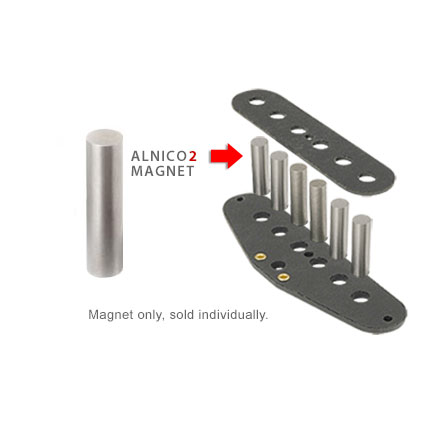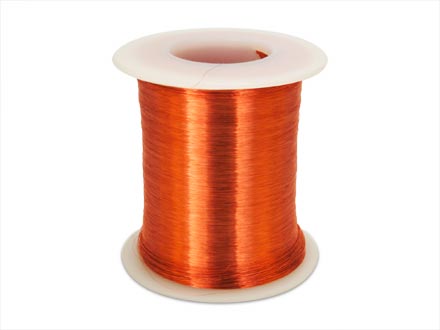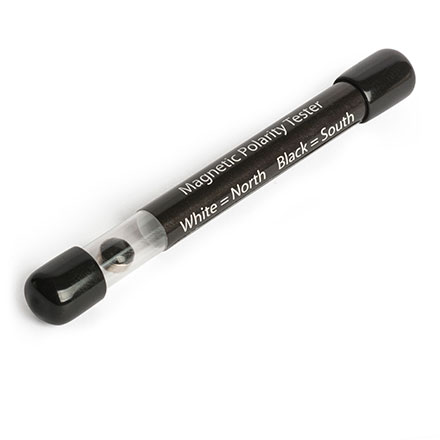String on a bridge
Posted on September 16, 2017
Independent StudyPrototype Progress




Early this week I mounted the bridges onto a piece of wood, then added a guitar string. I tested with a piezo pickup and a miniature Vox amp, and as expected, this works properly.
Now I need to create a magnetic pickup, which leads me to the next point.
Electronics on their way
As shown in the diagram below, electro magnetic guitar pickups are made of a coil wrapped around magnets. As shown below, there are six magnets, aligned to each guitar strings. The length of the magnet depends on the type of pickup (e.g. Stratocaster, Telecaster, etc.), which affects the tone of the guitar. Vibration from all the strings are picked up and sent as a single signal.

For the piece I am building, I want to explore how not to restrict the strings to a usual string instrument structure: the array of strings next to each other. For this, I will need to create custom electomagnetic pickups with a single magnet, so that each string can be independent and positioned in whichever way is desired. Below is a sketch of this idea.

While looking for parts to build this pickup, I thought of looking at guitar repair shops, as they would have the the appropriate electronics for this. It has been suggested to me that I look into scavenging the pieces from different places. However, I know from experience that the time lost doing that and not necessarily finding the appropriate pieces, or the work needed to extract the pieces, usually costs more time, thus not really saving anything.
So I ordered a few things already:
- Some magnets:

- Pickup coil wire:

- And a nifty little tool: a magnet polarity tester:

So for now, I am waiting for these to come in to work more on the prototype.
Literature

On the reading side, I just completed reading Aesthetics of Interaction in Digital Art, by Katja Kwastek. In this book, Kwastek builds a vocabulary and tools with which we can analyze interactive digital art. For example, whereas paintings can be analyzed by contrasts, colors, depth, etc., the author mentions how interactive digital artworks can be analyzed by time (duration, delay, etc.), presence, device(s), system(s), etc.
While not directly relevant to the work done in this independent study, the book presents a good organization for understanding works, and may be a good thing to have in my pocket when analyzing my own goals for this piece.

Also, I am almost done reading États Seconds, a book by/with Céleste Boursier-Mougenot. This book comprises interviews and analyses of Boursier-Mougenot’s works, mostly musical/sound sculptures presented in visual arts galleries. I first encountered his works when he presented from ear to hear at the Musée des Beaux-Arts de Montréal a year or two ago. Below is a video of the piece when it was presented at the Barbican.
From this point, I want to spend time with the Brutalism books to sketch a few of the buildings I find interesting. Once I do that, maybe I’ll find some interesting structures from which to inspire me when sketching the form of the sculpture.



